1. All-Gray Everything
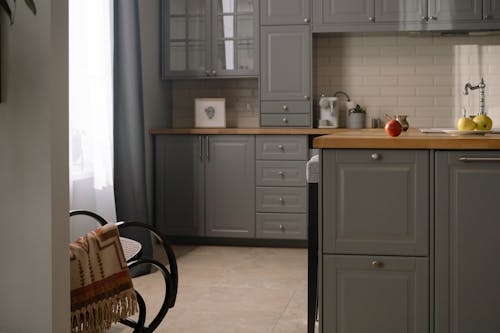
Layering walls, furniture, and flooring in varying shades of gray can create a sleek space—but too much gray lacks emotional warmth. Without color variation or softer undertones, rooms can feel sterile or even somber. The absence of earthy or vibrant accents makes it harder for guests to connect with the environment. Neutral doesn’t mean lifeless, but it often gets interpreted that way.
Designers are leaning toward warmer palettes like taupe, terracotta, and muted greens to add depth and comfort. Even subtle shifts—like swapping cool-toned grays for greige or clay—can change the emotional temperature of a space. Gray isn’t the enemy—it’s the overuse that chills the vibe. Color invites energy; monotone mutes it.
2. Excessive Minimalism
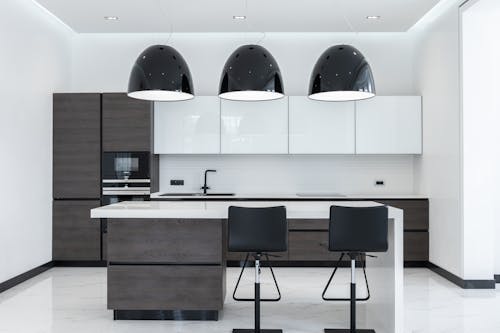
Minimalist design aims to simplify—but when it goes too far, it can feel stark and uninviting. Sparse surfaces, lack of personal items, and pristine white walls can make a home feel more like a gallery than a refuge. Guests might admire the aesthetic but struggle to emotionally connect. Less isn’t always warmer.
Balance minimalism by layering texture, adding personal artifacts, or using warmer materials like wood and linen. Minimal can still feel meaningful when the emptiness tells a story, not just mimics a trend. A room should whisper comfort—not just discipline. Simplicity without soul is subtraction without grace.
3. Overuse of Metal and Glass
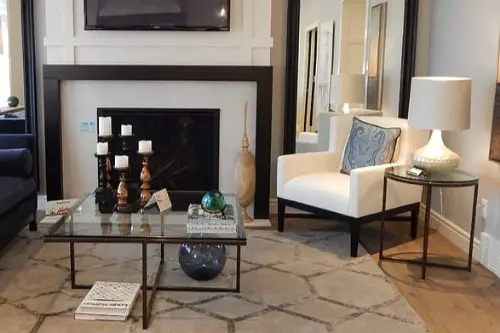
Sleek surfaces like chrome, steel, and glass are often used to create a modern, high-end look—but they reflect light and sound, not warmth. These materials lack tactile comfort and visual softness, making spaces feel rigid and echo-prone. When they dominate, they replace coziness with coolness—literally and emotionally. Functionality wins, but feelings lose.
Introduce balance with plush fabrics, wood finishes, or even soft lighting to counter the harshness. Metal and glass belong in the mix—not at the forefront. Warmth comes from contrast and comfort, not just polish. Your home can shine without feeling icy.
4. No Personal Touches
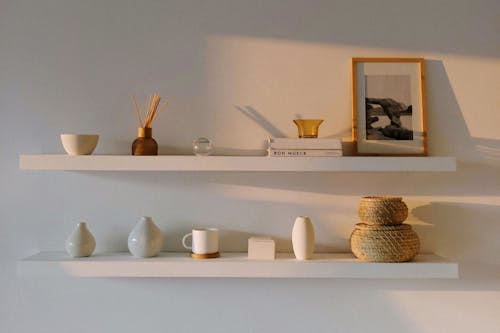
A home without books, photos, art, or signs of hobbies can feel emotionally blank. While clean lines and curated decor are appealing, the absence of identity makes the space forgettable. Guests may leave impressed—but untouched. Personal touches are what give warmth traction.
Integrate your favorite objects, travel mementos, or heirlooms into your decor. Even a small display of sentimental items can transform a room’s tone. Expression invites connection. Cold rooms forget the person living in them.
5. Harsh Lighting
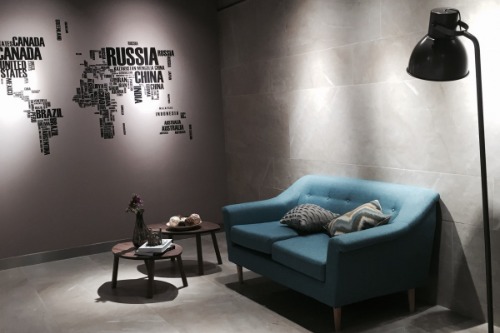
Bright overhead lights or overly cool-toned bulbs can flatten a room and make it feel institutional. Harsh lighting triggers alertness, not relaxation—and it’s especially uncomfortable in evening settings. Without layered lighting or warm hues, even soft textures look uninviting. Mood suffers in the glare.
Use floor lamps, warm Edison bulbs, and dimmers to shape a softer ambiance. Lighting sets emotional cues—and cold light sends the wrong signal. Warmth isn’t just seen—it’s felt. Glow trumps glare every time.
6. All-Matching Furniture Sets
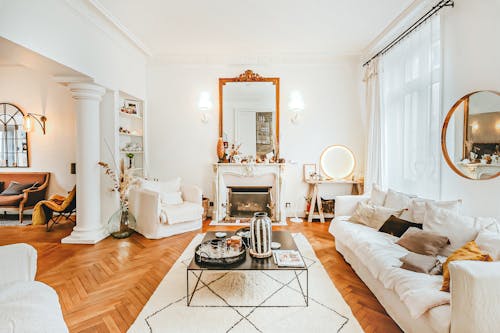
Rooms built entirely from matching furniture collections can feel more like a showroom than a lived-in home. Uniformity may bring cohesion, but it lacks personality and depth. It’s hard for guests to connect with a space that feels assembled, not gathered. Comfort lies in variety.
Blend vintage pieces, handmade items, or mismatched chairs to add character. Imperfection brings texture—and stories. A room should evolve, not conform. The best spaces feel layered, not labeled.
7. No Window Treatments
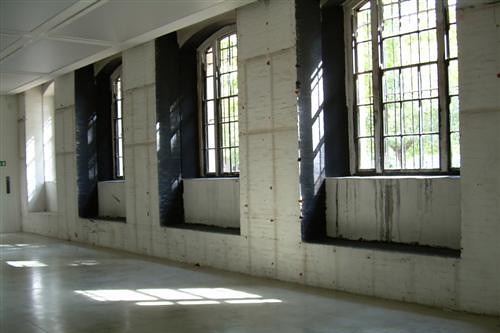
Bare windows might let in natural light, but they can also create an exposed, chilly atmosphere. Without curtains or blinds, spaces feel less private and more utilitarian. Guests can feel watched, rather than welcomed. Naked windows lack softness and intent.
Add layered treatments like sheer panels, roman shades, or linen curtains to invite warmth and texture. It’s about shaping comfort without blocking light. Framing a view also frames the mood. Every window benefits from a little dressing.
8. Overly Geometric Decor
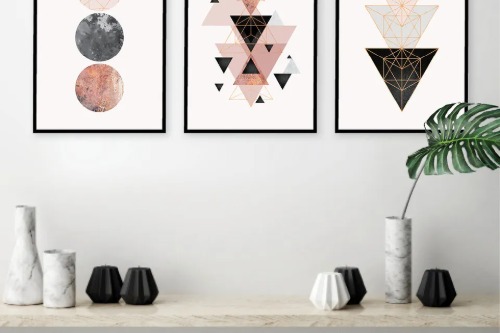
Sharp shapes, angular furniture, and rigid patterns may convey sophistication, but they rarely radiate comfort. Too much geometry can make a space feel distant and impersonal. Without curves or organic lines, the room loses emotional rhythm. Design starts to feel like math, not mood.
Soften edges with round ottomans, oval mirrors, or flowy textiles. Nature doesn’t deal in perfect angles—and neither should a cozy home. Movement in form helps movement in emotion. Invite curves to the conversation.
9. Over-Styled Surfaces
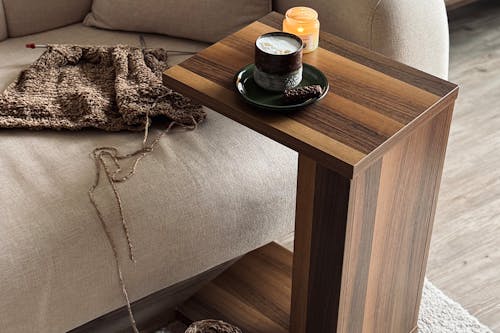
Tables, counters, and shelves styled to perfection may look impressive, but they create barriers to use. If every item feels positioned for photos, guests hesitate to touch or move anything. A home starts to resemble a set—not a space to unwind. Beauty becomes too precious.
Leave room for spontaneity: bowls for keys, coasters out of place, books mid-read. Styling should invite—not restrict. A little mess isn’t weakness—it’s welcome. The best decor serves life, not just looks.
10. Echoes and Emptiness
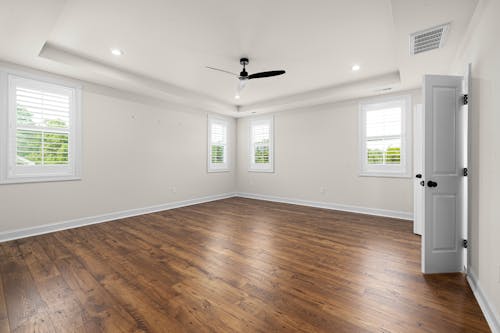
Large open rooms without rugs, art, or soft furnishings often carry echoes—literally amplifying emotional distance. The absence of acoustic dampening contributes to discomfort and disconnection. Sound travels, but warmth doesn’t. It’s hard to feel at ease when the air feels vacant.
Add texture through tapestries, area rugs, and layered upholstery to absorb sound and add presence. Quiet can be calming—but emptiness needs grounding. Your room shouldn’t just hold space—it should embrace it. Echoes belong in caves—not in conversation.
This post 10 Decor Moves That Make Your Home Feel Emotionally Cold was first published on Greenhouse Black.
